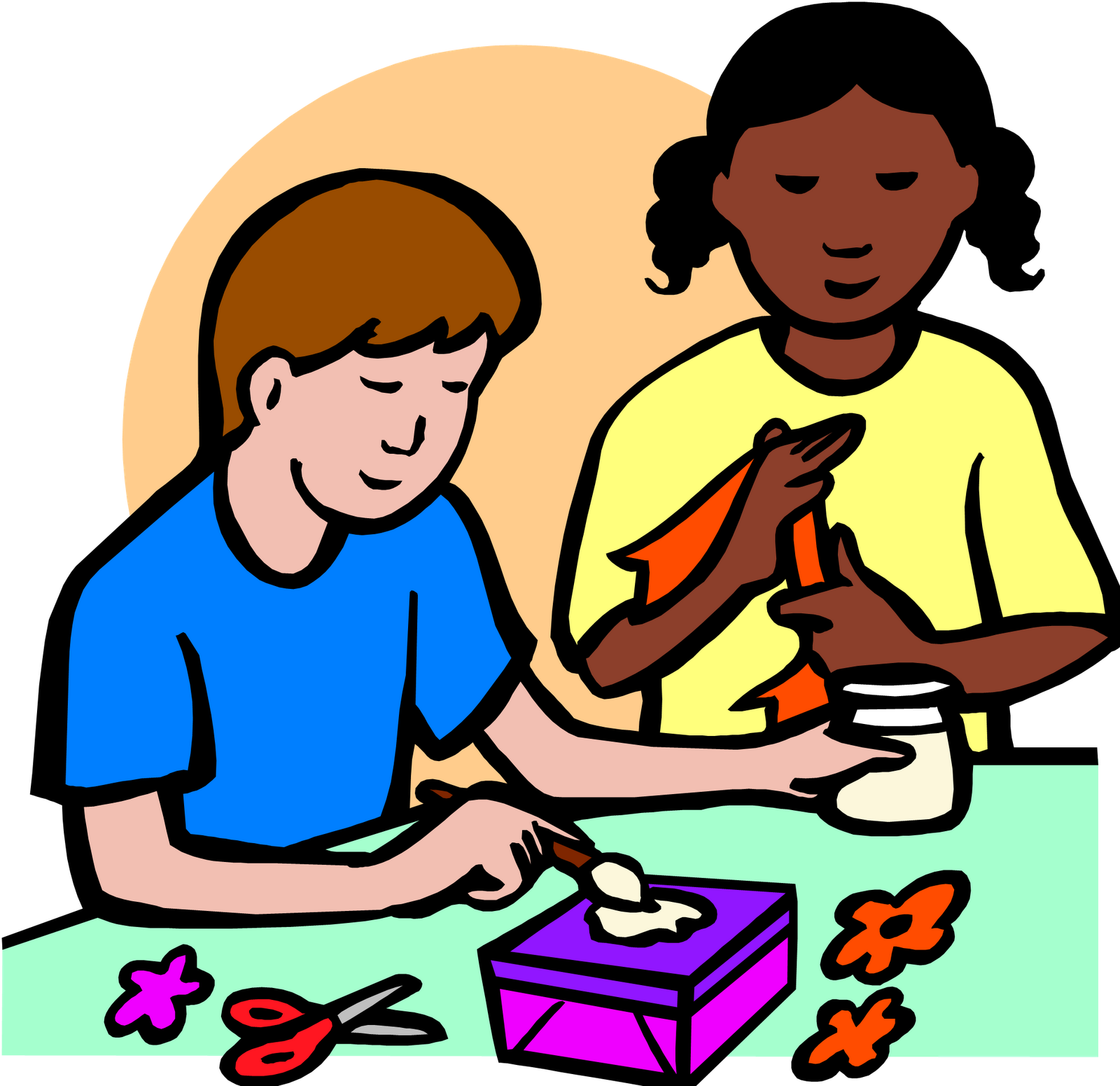Informal Education: Definition, Examples, and How to Use It to Learn Faster
Overview: What Informal Education Means and Why It Matters
Informal education is learning that happens outside structured, credentialed classrooms-through daily life, conversation, exploration, community activities, and self-directed projects. It emphasizes curiosity, experience, and relationship-based learning rather than syllabi and grades [1] . It can occur anywhere-at home, work, museums, clubs, online communities, or during hobbies-and often involves dialog, reflection, and practical application [2] . While it sometimes intersects with formal programs, it is distinguished by spontaneity, learner agency, and context-rich experience [1] .
Core Characteristics
At its core, informal education is a spontaneous, respectful process of cultivating learning through conversation and experience. It tends to be less controlled than classrooms, adapts to different contexts, and builds on interests and real-life needs [1] . Definitions commonly highlight that it can occur outside lecture-based systems, including self-teaching and alternative pathways like youth work and community organizations [2] . In practice, it can happen while watching a video, reading an article, or discussing a problem with a colleague, blending seamlessly into daily routines [3] .
How Informal Education Differs from Formal and Non-Formal Learning
Formal education follows a structured curriculum, institutional oversight, and assessment leading to credentials, whereas informal education is unstructured, self-directed, and typically uncredentialed [2] . Non-formal education sits between the two, often organized and intentional but outside formal systems. Informal modes stand out for their immediacy and relevance to real-life tasks, such as learning via social interactions, online content, or hands-on experimentation [3] . Many educators advocate blending modes so learners can apply theory to real contexts and reinforce skills continuously [3] .
Examples and Use Cases
Informal education shows up in many common activities:
- Conversation-driven learning in community or youth groups where people reflect on experiences and explore options together [1] .
- Self-teaching (autodidacticism) via books, tutorials, and projects that follow personal curiosity rather than set curricula [2] .
- Learning from everyday media-short videos, blogs, podcasts-and sharing takeaways with peers to refine understanding [3] .
- Skill-building through clubs, scouting, or hobby communities where practice, mentorship, and collaboration accelerate growth [4] .
For families, children often develop languages, practical skills, and problem-solving through informal activities like guided play, household projects, and community programs. Scouting, maker clubs, and hobby groups can reinforce motivation and transfer skills to real-world contexts [4] .
Benefits and Limitations
Benefits include personalization, immediate relevance, and stronger transfer to real tasks. Because learners choose topics and contexts, they tend to be motivated and persistent. Informal learning also cultivates social ties and reflective practices that support lifelong development [1] . It can bridge the gap between theory and practice, reinforcing formal learning with hands-on application and iterative reflection [3] . For kids, the freeform nature can encourage creativity and a sense of accomplishment that fuels continued effort [4] .
Limitations include lack of formal recognition, uneven coverage of foundational topics, and variable quality. Learners may miss critical feedback or structure, and progress can be hard to document. To address this, many people blend informal learning with structured checkpoints or portfolios to track outcomes [2] .
Designing Your Own Informal Learning Plan (Step-by-Step)
Use this framework to turn everyday activity into reliable progress:
- Define a clear outcome: Specify what you want to be able to do (e.g., “Build a simple web app” or “Hold a 5-minute conversation in Spanish”). Tie outcomes to concrete tasks you can practice and demonstrate. This aligns learning with experience and conversation-driven refinement [1] .
- Map your sources and communities: Identify 3-5 high-quality resources-books, videos, forums-and 1-2 communities or mentors for feedback and discussion. Learning often accelerates through social exchange and practical examples [3] .
- Practice in context: Choose weekly projects that mirror real tasks, such as building a small feature, teaching a mini-lesson, or volunteering for a role that forces application. Informal education thrives in real-life contexts and hands-on exploration [1] .
- Reflect and iterate: After each activity, write brief reflections: what worked, what confused you, what to try next. Conversation and reflection are core mechanisms of informal learning [1] .
- Document outcomes: Keep a simple portfolio-notes, code snippets, photos, or summaries-that shows progress. This helps compensate for the lack of formal assessment and makes learning visible when you apply for roles or opportunities [2] .
Real-World Scenarios
Career transition: Suppose you aim to shift into data analysis. You might follow a self-directed plan using a beginner-friendly dataset each week, discuss findings with a peer group, and present short summaries to practice communication. Alongside tutorials and articles, these conversations and projects build skill and confidence without requiring a formal program [3] .
Family learning: Parents can facilitate by asking questions that prompt thinking (“How could we test that?”), introducing age-appropriate challenges, and encouraging kids to teach back what they learned. Community clubs, scouting programs, and hobby groups provide structure while preserving learner-driven exploration [4] .
Blending with Formal Education
Many learners and organizations blend formal and informal approaches: classroom lessons provide foundational frameworks, while informal projects, peer discussions, and media consumption reinforce application and retention. This complementary model can improve engagement and better match workplace realities, where most learning happens on the job and through peer exchange [3] . Informal modes can also enrich formal classrooms by honoring student interests and enabling personalized exploration within or alongside curricula [2] .
How to Access Informal Learning Opportunities
You can activate informal learning in multiple ways without relying on specific platforms:
- Identify communities: Search for local clubs, maker spaces, language exchange groups, or youth organizations by using terms like “makerspace near me,” “language tandem group,” or “community coding meetup.” You can also ask your public library about free workshops and clubs.
- Use everyday media intentionally: Create a playlist of short videos or podcasts on your topic, and set a weekly schedule for practice and reflection.
- Find mentors and peers: You might reach out to colleagues or alumni networks to start a small discussion group that meets biweekly to share progress and obstacles.
- Volunteer for applied projects: Nonprofits and community groups may need help with events, communications, or data entry-hands-on tasks that can rapidly build skill.
Because informal education spans countless settings and providers, the most reliable approach is to search for opportunities by topic and location, contact community centers or libraries, and speak with local organizations. Many programs may be available, but offerings vary by region and time, so verification through direct contact is prudent.

Source: alchetron.com
Challenges and Practical Solutions
Common challenges include lack of structure, inconsistent feedback, and motivation dips. To mitigate these:

Source: stock.adobe.com
- Set weekly deliverables and a visible tracker to maintain momentum.
- Schedule feedback sessions with peers or mentors every two weeks.
- Adopt a reflective log to capture lessons learned, questions, and next steps.
- Periodically align activities to your original outcome to avoid drift.
These practices add light structure while preserving the flexibility and authenticity of informal learning, supporting continuous improvement and real-world transfer [1] .
Key Takeaways
Informal education is a powerful, everyday pathway to mastery. It works through conversation, reflection, and real-world activity; complements formal study; and can be deliberately designed using goals, community, practice, and documentation. With thoughtful habits and social support, you can accelerate learning in any field using the flexibility and immediacy of informal methods [1] [2] [3] .
References
[1] infed.org (2024). What is informal education? Definition, purpose, and practice. [2] Wikipedia (n.d.). Informal education: definition, role, and examples. [3] Thinkific (2023). Formal and informal education: Understanding differences and examples. [4] SplashLearn (2023). Types of education for kids: Formal, informal, and non-formal.



